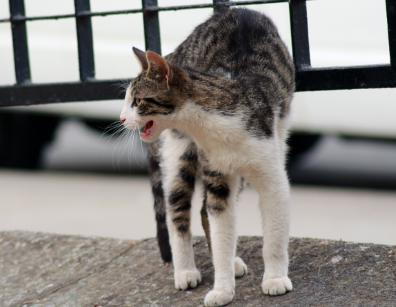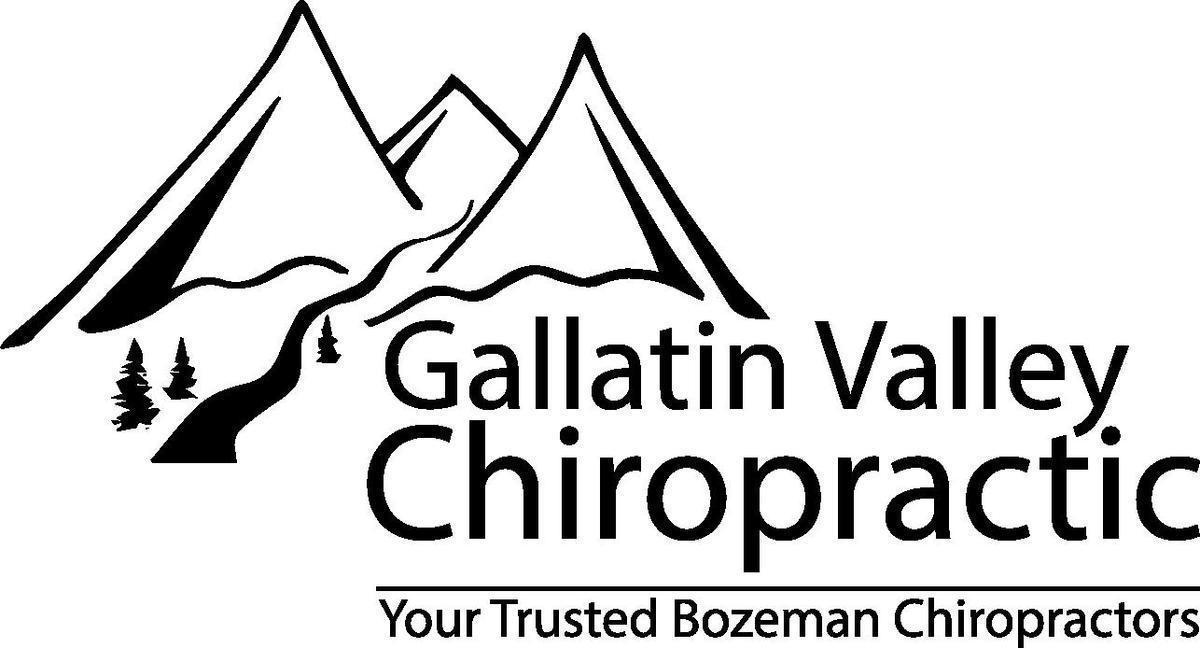Emotions and Feelings Can Effect Posture and Health
posted: Jun. 03, 2017.
 Posture that relates to emotions
Posture that relates to emotions
Stress, anger, depression, anxiety, fear, and the startle reflexes all cause a familiar pattern in posture that can be found in, basically all living things. The classic response to the emotions mentioned is to go into protection mode... a tightening or flexion through the entire front body. This postural pattern is also commonly seen in postures associated with sitting for long periods of time. The difference between other vertebrates and humans regarding this posture is that animals seem to let go of the postural adaptations shortly after the provoking stimuli is removed, while humans tend to hold onto these adaptations for more extended periods of time with these postural adaptations becoming chronic, especially with prolonged stress, anger, anxiety or fear.
Letting go is sometimes harder than holding on...
These stimuli are a regular part of life that we should be able to work through; but, often times, we get hung up in these feelings and resulting posture which leads to more long term problems. How do we keep from getting hung up in these feelings? How do we counteract the effects once they are present? The answers to these questions could be long winded and complicated. The answer may involve health professionals, counseling, vacations, drugs (pharmaceutical or otherwise for some), etc.
So, is there an easy way to start addressing these issues without seeking outside help, taking drugs or being on vacation forever to avoid life's stressors? The answer is YES!!!
1) Regular exercise is an excellent way to manage all of these stimuli but may be a challenge for those that are depressed or in significant pain as a result of a chronic condition or poor posture.
2) Improving posture is great. You are welcome to visit your doctor at Gallatin Valley Chiropractic for a posture screening, postural advice and exercises to help improve posture. Generally, when in ideal posture, the hips are over ankles, the shoulders over the hips, and the ears over the shoulders.
3) Mindful meditation has been shown to help significantly with many of the stimuli mentioned. What is mindful meditation? Defined as simply as possible, mindful meditation can be distilled down to being totally present and focused in the NOW moment, as opposed to letting the mind wander, when the mind wanders, and it will, bring the attention back to the NOW focus without self judgement...You could be eating, having a conversation, sipping a cup of tea or sitting with attention only on your breath or a candle flame, when you are present with one focus, you are mindfully meditating. It is so simple and, truthful, so very challenging...the mind likes to multi-task and wander.
4) Breathing exercises...that's right breathing exercises that could/should be combined with posture work and mindful meditation. If you imagine being chased by a tiger, would you be breathing slow and steady... or quick and shallow? The answer is simple it would be quick and shallow, therefor by taking this same concept to relax, if you breath slow and steady, you will be activating a parasympathetic response (rest/digest) and naturally calm your whole body and mind down.
You may be wondering how breathing relates to these stimuli or to posture. To answer, this we need to briefly cover the biomechanics of breathing as well as what the primary and secondary muscles of breathing are.
Primary muscle for breathing (diaphragm) and Secondary muscles for breathing (muscles of the neck, intercostal muscles)
The diaphragm is supposed to be our primary muscle for breathing. The diaphragm is a dome shaped muscle that connects to the bottom of our rib cage and spine. When the diaphragm contracts, it moves down pushing the belly out and creating a negative pressure in the lungs causing air to rush in (inhalation). Muscles of the neck are secondary muscles of respiration as they help to lift the rib cage for chest expansion. The muscles between the ribs (intercostal muscles) are also secondary muscles of respiration that are active when we force an exhale but are relatively passive when breathing normally.
Posture, as well as many of the stimuli mentioned, can cause us to use our neck muscles as a primary muscle of respiration as opposed to secondary muscles, lifting the rib cage to initiate breathing instead of our diaphragm to initiate breath. For many, this pattern of breathing is pervasive even when resting. This pattern of breathing perpetuates forward head posture which in turn contributes to upper back tension and pain, neck tension and pain, headaches, all of which can perpetuate many of the stimuli, such as stress, anxiety and depression. It can be a vicious cycle that continues to perpetuate itself.
So, here is a starting point...
This is a simple strategy that you are invited to try daily if you are experiencing stress, anger, depression, anxiety, fear, and/or poor posture.
Start by sitting up straight with as ideal of a posture as you can comfortably manage. Place a hand on the belly and a hand on your chest so you can easily feel how your body is processing the breath. Next, you will be mindfully meditating by bringing your attention to your breath and allowing your breath to be your focus for the next 10 minutes (or longer if you like). With attention on your breath, start with observations, feeling your breath pass through your nasal passages and throat, then observe how the breath moves your body. Maybe you observe the belly expanding with the inhale and the belly falling with exhale or you may notice your ribs and chest moving as you breath in and breath out. Once you have made observations, shift your breathing pattern, if it is not already in this pattern, to a "belly breathing" pattern. "Belly breathing," also called "diaphragmatic breathing," is accomplished by breathing so that your abdominal or belly contents are distended and moved as the diaphragm contracts and not allowing the ribs to move...only the belly. Do this activity gently for several minutes then start to deepen and lengthen the breath. As you lengthen the breath, on the inhale, the belly will distend completely, then you allow the middle ribs to move as you continue to inhale and your upper ribs and upper back lift and lengthen last as you reach full lung volume. As you fully inhale feel lengthening in your spine from your tailbone through the top of your head. Feel this lengthening with every in-breath. Keep this belly first breathing pattern for the remaining time. This breathing exercise can have profound health benefits when practiced regularly and mindfully.
If you would like to discuss these topics or would like to receive coaching and instruction on posture, exercises, therapeutic breathing exercises, and/or meditation feel free to call Gallatin Valley Chiropractic for an appointment.
Call us at 406-551-2177
 Schedule online at: https://appointments.mychirotouch.com/?clinic=GVCL0001
Schedule online at: https://appointments.mychirotouch.com/?clinic=GVCL0001